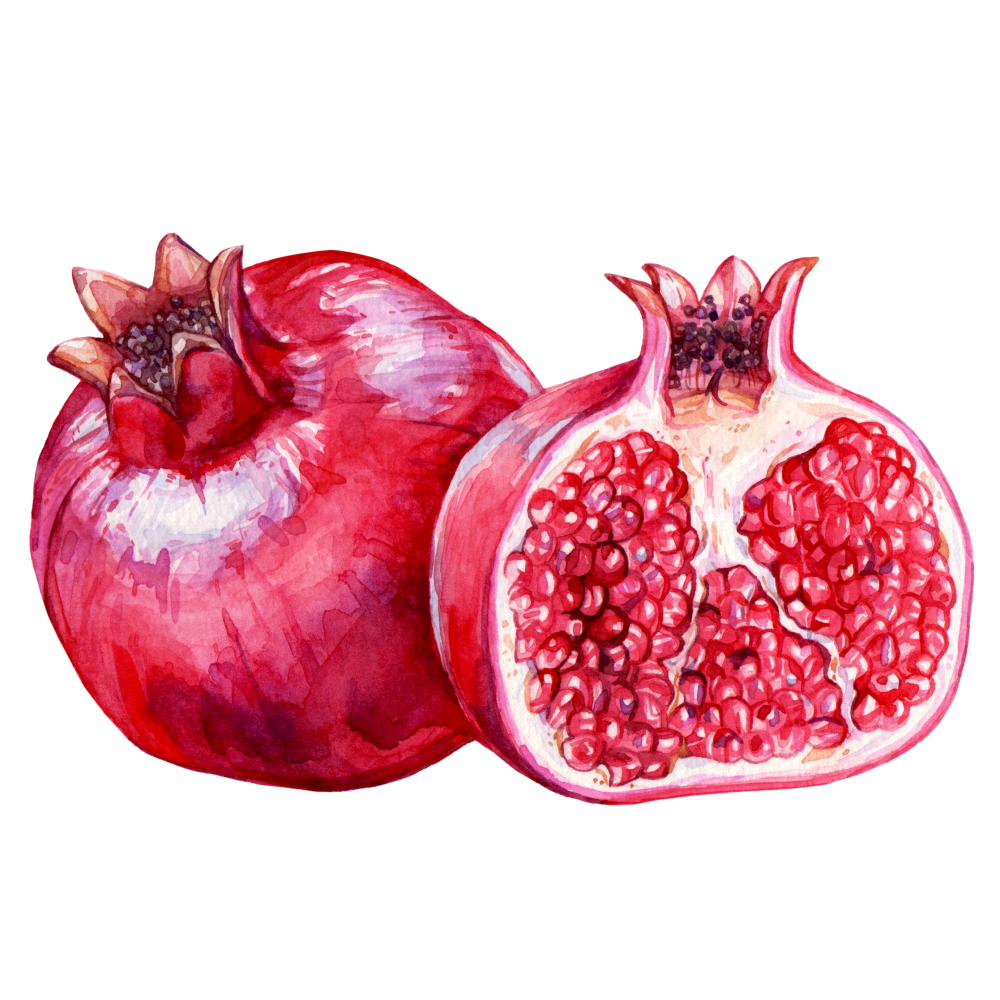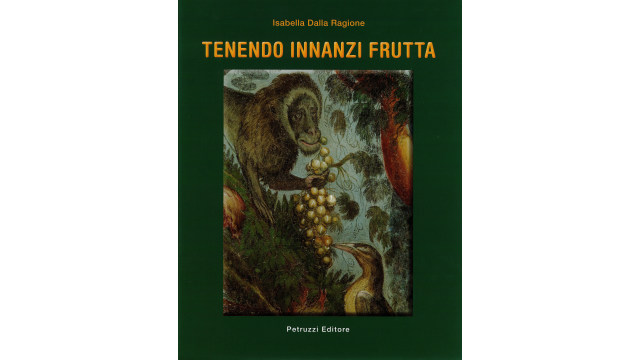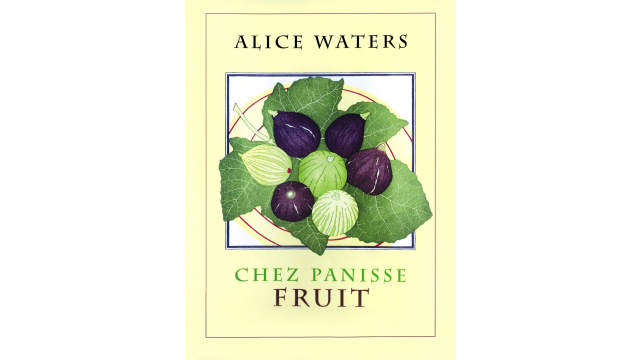Pomegranate

Latin name: Punica granantum
Other names: melograno (Italian)
Uses: fruit, juice
What are pomegranates?
Though they’ve been around since ancient times, antioxidant-rich pomegranates have been in the spotlight in recent years. The deep cerise-colored juice of this odd-looking loosestrife family member has been widely available in grocery stores thanks to the efforts of one California company that still dominates the market, but pomegranates are good for so much more than juicing.
Why are pomegranates healthy?
Pomegranates have a well-earned reputation as phytochemical powerhouses, particularly their high levels of antioxidants. They’re a source of vitamins B6, E, and K, as well as folate and potassium. Research has shown that pomegranates can help lower blood pressure, blood sugar, and “bad” (LDL) cholesterol, as well as lowering the risk of some cancers and helping people with type 2 diabetes raise their insulin resistance.
What do pomegranates taste like?
Pomegranate arils (the edible part) have a juicy, tart-sweet coating and a crunchy, slightly sour seed. The flavor is more concentrated when pomegranates are juiced.
How do I use pomegranates?
You can certainly buy pomegranate arils that have already been freed from their leathery casing, but it’s not difficult to get them out yourself. One trick is to cut the fruit in half lengthwise, score the rind a few times, then knock the arils out by whacking the outside with a wooden spoon — do this over a bowl of water and the arils sink while the white pithy bits float for easy removal.
For the most inspiring uses for pomegranates, you’ll do best by taking cues from the Middle East, Caucasus, and South Asian cuisines. The arils and juice are used in the Iranian and Iraqi dish āš e anār — a gorgeous soup of yellow split peas, pomegranate juice, and mint leaves, spiced with cumin and turmeric. Serve this with pomegranate arils, fresh herbs, and a dollop of yogurt on top. The fresh arils are also sprinkled on chiles en nogadas, one of Mexico’s national dishes.
What do pomegranates pair well with?
Use the fresh juice in place of sickly-sweet grenadine for a livelier spin on cocktails like the tequila sunrise. (Grenadine was traditionally made with pomegranates but nowadays it’s all artificial ingredients.) The Lebanese roasted red pepper-walnut dip muhammara gets its signature tart sweetness from pomegranate molasses — a reduction of pomegranate juice that you can make yourself or find bottled in Middle Eastern or gourmet grocery stores. It’s also an outstanding way to add depth and body to salad dressings or drizzled over roasted vegetables.
If you can find them (check Indian markets), the dried seeds are used throughout South Asia as a spice similar to amchar, adding a touch of sourness to curries and chutneys.
Where do pomegranates grow?
Pomegranates are native from northern India to Iran but have been cultivated in the Mediterranean, Middle East, and South Asia for millennia. Today, most American pomegranate comes from California, where it’s been grown since 1769 when it was introduced by Spanish colonizers.
How to buy pomegranates:
Look for fruit with shiny skin and no soft or brown spots.
Surprising pomegranate fact:
Eating pomegranate seeds famously doomed poor Persephone to rule as goddess of the underworld. The number of seeds she ate while imprisoned by Hades represents the winter months during which her mother Demeter, the goddess of fertility, is grieving for her daughter.




